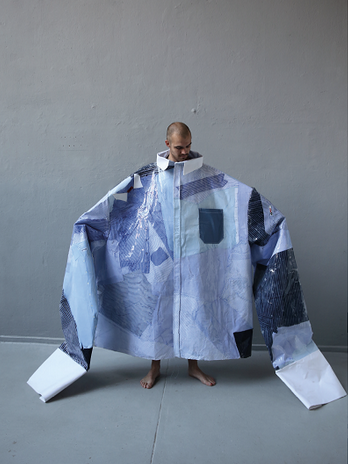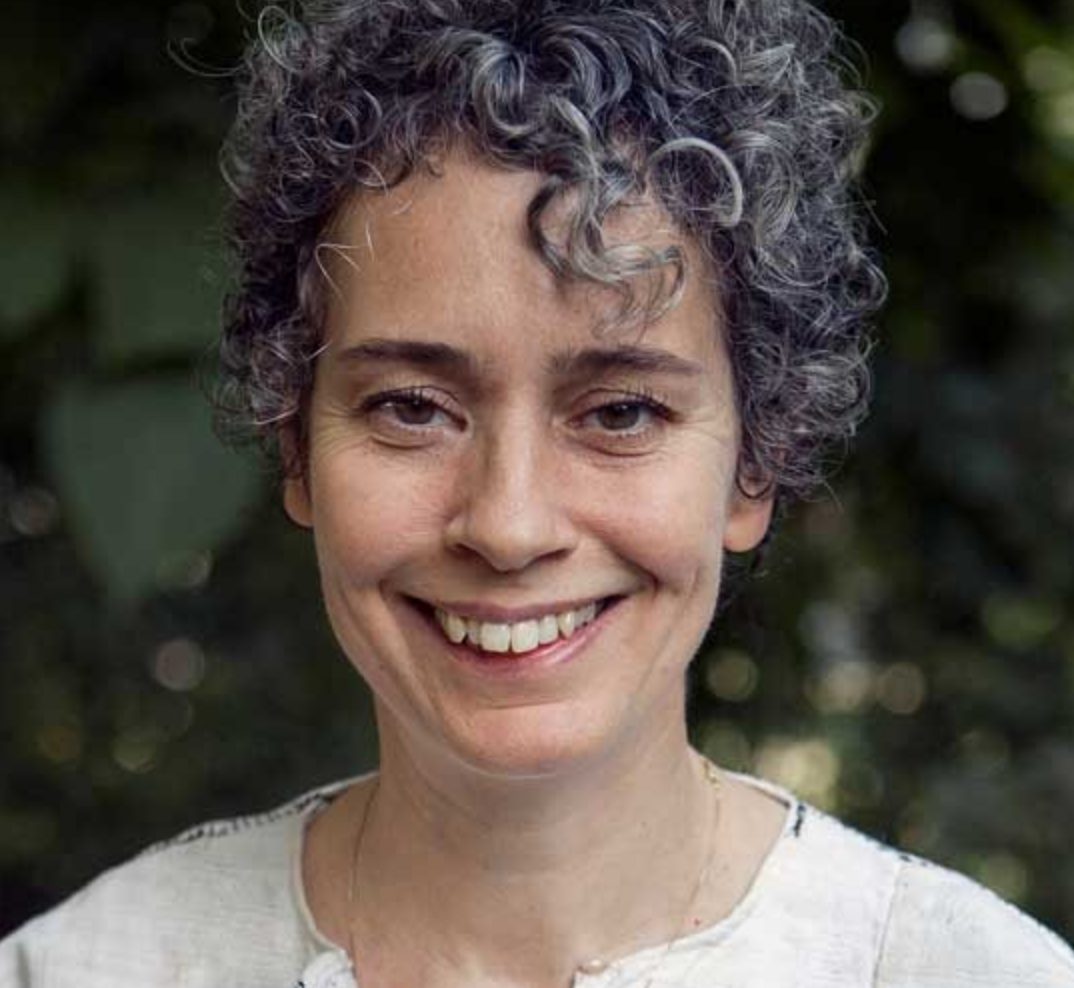We are thrilled to share this excellent write-up by the Richmond-Times Dispatch on long-time NCDD member David Campt and his most recent racial dialogue work. Campt travels across the U.S. holding racial dialogue trainings using his White Ally Toolkit Workbook, which offers strategies for engaging in these conversations (learn more about the toolkit and purchase here). He speaks on the importance of white people having these conversations with fellow white people and emphasizes the need to communicate in a way that doesn’t attack but instead genuinely seeks to engage with each other. We encourage you to read the full article below or find the original version on the Richmond-Times Dispatch site here.
Williams: Racial dialogue is his specialty. His book details how white people should talk to each other about racism.
This post was shared with the permission of the Richmond Times-Dispatch.
 Written by Michael Paul Williams
Written by Michael Paul Williams
Coming of age in a polarized Detroit as black and white communities disengaged, David Campt became engrossed in the nature of conversation.
His hometown’s 1970s power struggle fueled his interest in terms of engagement as the outspoken Coleman Young, Detroit’s first black mayor, presided over a riot-torn city experiencing massive white flight to the suburbs. But his curiosity was also nurtured by a white teacher named Nathan Fine, who taught his students that people are far more alike than different.
“What he was trying to do is to get us to not replicate the kind of conflicts that we were watching on the news as fourth-graders,” Campt recalled. “The city’s in a certain amount of turmoil. And he’s trying to have a different kind of message, trying to get us to see the common humanity.”
Helping people find common humanity through dialogue would become a vocation for Campt, 56, a civic engagement specialist affiliated with the Richmond-based nonprofit Hope in the Cities. He put his tools to work last week moderating a meeting of Mayor Levar Stoney’s Monument Avenue Commission.
Issues don’t get much more contentious than the question of what to do with our Confederate statues.
“I have always thought about the monuments the same way I think about reparations, which is, what’s really important is the conversation about it,” Campt said during an interview Friday. “Where that lands has some significance, but what’s really important is how do institutions put the public in the position to engage each other. That’s what’s really important in these kind of big, divisive things.
“People are very focused on, ‘What’s the outcome?’ But my focus is, ‘What is the process? … What’s the engagement that you’re trying to foster?”
The tranquil commission meeting last week bore no resemblance to the verbal Molotov cocktails hurled about during a town hall-style meeting of the panel last August at the Virginia Historical Society, now called the Virginia Museum of History & Culture.
“He did a superb job helping focus the meeting while providing ample opportunities for those attending to engage in a variety of ways,” said Christy Coleman, the commission’s co-chair and CEO of the American Civil War Museum.
On Thursday, Campt — a faculty member with Hope in the Cities’ Community Trustbuilding Fellowship — will read from his new book, ”The White Ally Toolkit Workbook: Using Active Listening, Empathy, and Personal Storytelling to Promote Racial Equity,” at the Downtown YMCA.
Campt, a gregarious and towering presence at 6 feet 5 inches tall, promises that the event will be interactive and entertaining with a minimum of white guilt.
“A lot of people who do this kind of race work, they think that it is important that white people feel bad about themselves and bad about the history. I’m not sure that that’s the best strategy for having people learn.”
The toolkit seeks to dismantle the notion that “racial dialogue” in America involves a conversation between white people and people of color. It argues that some progress on race relations is best achieved when white people talk to one another.
This is imperative for several reasons. Campt cites 2017 public opinion polls in which 55 percent of white respondents said they face discrimination.
If we’re going to advance the conversation, “part of our arsenal has to be white folks talking to each other about race when there are no people of color in the room.”
There’s another reason whites must more effectively engage race matters: People of color have grown increasingly weary of the task.
Campt’s book states that it would be “neither fair nor feasible” for people of color to carry the burden of these conversations. Their ranks are too few and they “are increasingly fatigued by educating white people; they are already dealing with the additional burden of actually coping with racism.”
He said Friday that white allies of people of color have several built-in advantages in talking to fellow whites about race: racially biased whites might be more receptive and can’t legitimately accuse the “allies” of arguing their point out of self-interest.
But all of this will require a sharpening of their engagement tools.
“Part of what has happened is that allies have come to think that the way to talk to skeptics is to berate them, to call them names, to inundate them with facts — to basically use strategies that are not effective, that we know from science are not effective,” he said.
These inappropriate tactics have helped fuel a backlash. “We have given our allies bad advice about how to engage people.”
Campt said we must learn to talk across our divisions. As residents of the former capital of the Confederacy should know all too well, “different groups have had very different histories and senses of the history. And part of what the monuments represent is contention over what’s going to be our collective history.
“Well, our histories are very divergent,” Campt said. “Every group thinks its version of history is the right version. If we’re going to create a democracy that works, then what’s important is we try to come up with a collective history.”
The history that landed Campt in his role as a dialogue leader was circuitous.
He studied computer science on a scholarship at Princeton, but hated it. At age 20, with a degree at hand, he edited a magazine in New York and grappled with racism in all its contradictions.
“I’m afraid on the subway and people are afraid of me,” he recalled.
He moved to the West Coast to attend graduate school at the University of California, Berkeley. During his second year, he began working as a dialogue facilitator.
“I think I was a natural at that because of my obsession with how people talk to each other,” he said.
After earning a Ph.D. in city planning, he was chosen for the staff of President Bill Clinton’s Initiative on Race.
“It was a fantastic opportunity and a horrible experience,” Campt recalled.
Whatever ambitions Clinton had about racially progressive public policy weren’t shared by some of his staff members, who were more intent on campaign-style messaging than on fostering engagement, Campt said.
Then the Monica Lewinsky scandal exploded in 1998, with the race initiative as collateral damage.
“The extent to which he had any moral authority was diminished,” Campt said.
It’s difficult to imagine, but 20 years later, we’re even more divided. On many fronts, we have lost the capacity to engage each other.
If his book’s tools can encourage productive dialogue on race, “the toughest issue in American engagement, maybe we can talk to each other across ideological lines on other issues,” Campt said.
Our current breach is not only corrosive to democracy, it’s also eroding families.
“People don’t want to go home for Thanksgiving because they don’t want to be with their relatives, or they don’t want to have those encounters. That’s ridiculous.”
Too often, when white individuals hear something racist from a family member or friend, they stare at their shoes. That’s an understandable response, Campt says.
“You don’t want to damage that relationship. So you’re stuck in a quandary. You don’t know what to do. You don’t want to attack the person so you don’t do anything.”
He’s seeking to empower people to respond with practical conversation strategies.
“This is about a third choice,” he said. “Don’t attack. Don’t avoid. Engage. This is about how you engage.”
– Michael Paul Williams, mwilliams@timesdispatch.com, published May 14, 2018
This post was shared with the permission of the Richmond Times-Dispatch. You can find the original version of this article on the Richmond Times-Dispatch site at www.richmond.com/news/plus/williams-racial-dialogue-is-his-specialty-his-book-details-how/article_7d086bdd-4b7f-5c7d-9947-8f66af2bf287.html.

 Drug abuse, a problem the United States has faced for decades, has taken a sharply more lethal turn with the rise of opioids—both legal pain-killers, such as oxycodone and fentanyl, and illegal ones like heroin. Drug overdoses are now the leading cause of death among Americans under 50.
Drug abuse, a problem the United States has faced for decades, has taken a sharply more lethal turn with the rise of opioids—both legal pain-killers, such as oxycodone and fentanyl, and illegal ones like heroin. Drug overdoses are now the leading cause of death among Americans under 50.

 Gatzen explained her philosophy toward fashion: “Choices are made because they yield the biggest profit margins, not because they are more beautiful or because they make us happier. How you dress is about how you position yourself in the world. How do we take fashion back into our own hands and make it a catalyst for social change?”
Gatzen explained her philosophy toward fashion: “Choices are made because they yield the biggest profit margins, not because they are more beautiful or because they make us happier. How you dress is about how you position yourself in the world. How do we take fashion back into our own hands and make it a catalyst for social change?” 



